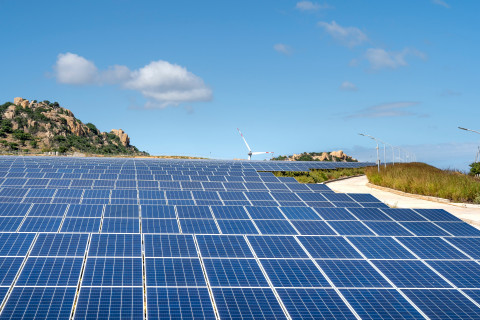German power equipment company Siemens Energy announced it would invest $150 million in the US to set up a new transformer facility in Charlotte, North Carolina. Construction will commence this year and the first transformers will be manufactured in early 2026.
This will be Siemens' first transformer facility in the US, and will come up at the company's existing operations, it said in a release.
Siemens' decision will help address the US's shortage of power transformers, which has hobbled connectivity to several clean energy projects. The country has more than 2,000 GW of wind, solar and battery projects awaiting connectivity to the grid, more than its total existing generation capacity of 1,250 GW. Only about a quarter of that backlog is likely to get built. In its release, Siemens pointed out that studies have shown almost 25 percent of renewable projects world over are in jeopardy "due to long transformer lead times, supply chain bottlenecks and lack of global transformer production."
Power transformers convert high-voltage electricity into lower voltages, and help stabilize transmission networks by enabling reliable, long distance transmission of electricity. For the US, aiming to halve its emission of greenhouse gases by 2030 (on a 2005 baseline) as part of green transition plans, the availability of transformers is crucial. Siemens, which has been manufacturing power transformers for over a century, offers a range delivering well above 1,000 MVA and 1,100 kV.
Siemens' plant will serve as a boost to the US' domestic transformer manufacturing capabilities. At present the country meets only a fifth of its large transformer demand through domestic sources, and lead times have reached five years.
Tim Holt, Member of the Executive Board for Siemens Energy, commented: "The US energy transition is in full swing, with $3.9 billion pledged to expand and update the US grid within the next two years. However renewable projects and grid expansion can only happen with the availability of transformers."

Cleantech funding hits record, but falls short of what net zero pathways require
Read More

